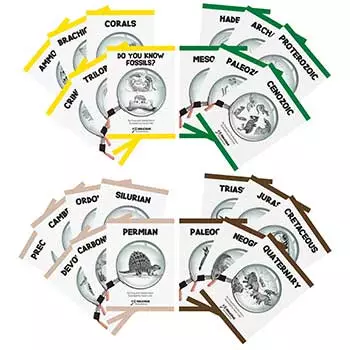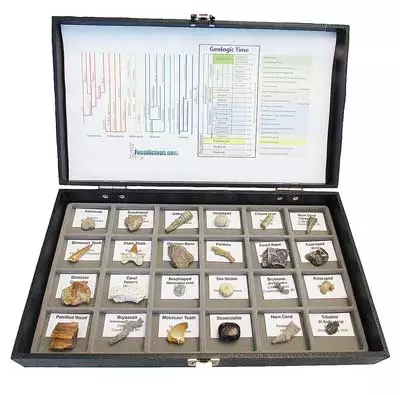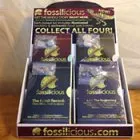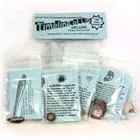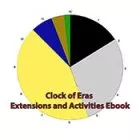Sign up for Lesson Plans, discounts & more!
Geology Club Meeting #1
For the geology club meeting # 1 on crystals these are the actual notes from Kathy Koenig.
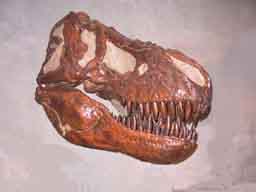
- Student journals for passing out
- Sample of salt and sugar for viewing crystals
- Sample of pyrite if available
- Magnifying glass (one per student)
- Black paper (one sheet/piece per student)
- Mining activity sheets, cookies, toothpicks (flat & round), paperclips
- Students will need a pencil for writing on mining sheets
- Magic tree kits to distribute at end of meeting
- One magic crystal tree and rock candy for demo purposes
- Crystals are the building blocks for minerals and they have a definite structure (i.e. some are cubes, hexagonal, triclinic, etc….can draw some on board) (table salt will be cubic, snowflakes are made of hexagonal crystals, sugar is triclinic in shape – we will observe some with a magnifying glass in class)
- Minerals (which are made of crystals) are used in every day objects and we must mine these from the earth (demonstrated by the cookie activity) (i.e. we mine the mineral halite for table salt, the mineral fluorine to put into toothpaste, talc for baby powder, etc….we will study this more intensely at the second meeting so just give a few examples and discuss mining of minerals instead)
- Welcome the students. Pass out the journals and talk about the purpose of the journal and the “home” activities included inside. Make sure the students know that the “home” activities are optional. Also tell students that they need to bring their journal to each geology club meeting.
- Begin with a discussion (quick!) of crystals….see if anyone knows what they are. Get across point “A” above through discussion (5 minutes maximum!)
- Then students will look at salt crystals using a magnifying glass. The salt should be put on black construction paper for easier viewing. Ask students what shape the salt crystals are…..they should see cubes.
- Students will then look at sugar crystals on the black paper. The shape now is more of a box with a point on two ends (like a square house with a roof on top and below…this is more difficult to see but they should at least see that the crystals are not perfect cubes and have more of a point or angle to them – called triclinic).
- Discussion - Indicate to the students that there are seven basic shapes of crystals. You can draw them on the board if you wish. (I will email this to you as a scanned picture file). These different shapes are why minerals have different shapes (we will get into this more next class but if pyrite is available we could have the students look at a piece of pyrite with their magnifying glass). Show magic crystal tree and rock candy.
- Discussion – Point B above….lead this into the cookie mining activity in which the students will mine for chocolate chips which simulates mining for crystals or minerals.
- Have students each do the cookie mining activity using the worksheet.
- If time permits, wrap up the geology club meeting by talking about mining….
- It is costly (equipment needed to dig, takes energy to run equipment, takes lots of people working the equipment and then hauling away the minerals for processing, and the contents dug up don’t fit nicely back into the ground which is more cost to remove the waste).
- It destroys the earth (note that the cookie is now changed and won’t fit back into the “hole” anymore from which it came) and that the landscape is also destroyed
- It is necessary though because we use minerals in most products and the minerals are found primarily in the ground. Discuss: Could we live without minerals? NO!
- End the geology club meeting by reminding the students about the “home” activities and pass out the crystal tree kits.
Check out some of the Educational Materials for sale on our sister site fossilicious.com.
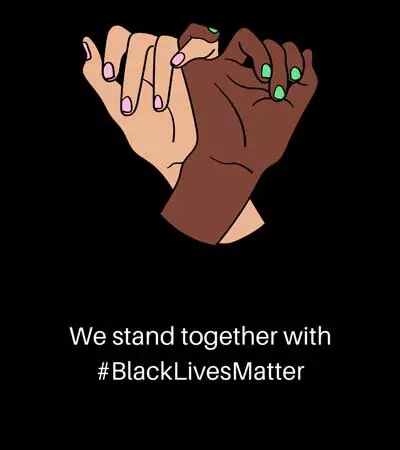
interested in more? If so, you may want to check out our other sites:
fossilicious.com - Our online fossil and mineral rock shop.
rocksandminerals4u.com - An educational site about rocks, minerals, and geology.
Geologic Time
Geologic Time LineCenozoic Era
Quaternary
Neogene
Paleogene
Mesozoic Era
Cretaceous
Jurassic
Triassic
Paleozoic Era
Permian
Carboniferous
Devonian
Silurian
Ordovician
Cambrian
Archean Time
Hadean Time
Teachers Resources
Activities for Education and Fun
Earth Science Lesson Plans
Activities For Kids
Fossil Lesson Plans
Fossil Activities
Education Articles
Coloring Pages
Dinosaur Coloring Pages
Montessori Materials
Geology Club
Fossil Hunting
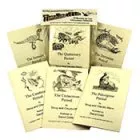 |
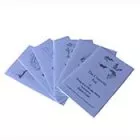 |
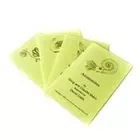 |
